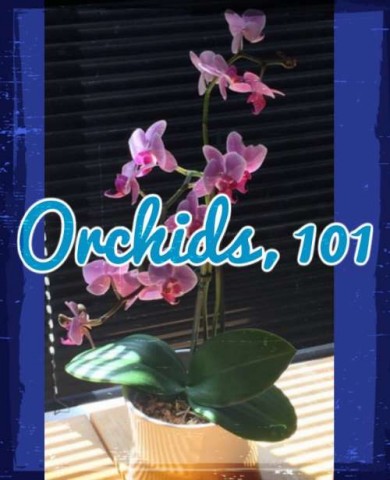
Spring’s here! I love warmer weather, wearing brighter clothes, and getting outside. I just got back from spring break in Texas, where things were so much greener than my area. (I’ll share pics)! While everything in New England isn’t yet in full bloom, I’m enjoying indoor blooms, including my favorite, orchids. Mother’s Day is this month – why not give Mom an orchid? While they have a reputation for being “difficult”, with a little care and know-how, orchids are a beautiful, easy and long-lasting houseplant.
I couldn’t wait to go to Texas with my daughter for spring break. Connecticut was damp and unusually cold for much of April. I was so thrilled to see my family! I also was looking forward to seeing green outside, and I wasn’t disappointed! The weather was beautiful. Everything was lush and blooming.

Enjoyin’ blue skies, green grass and Poochie at my niece’s lovely home!
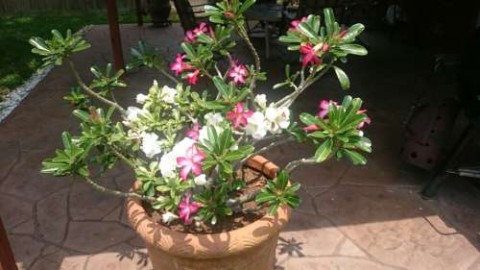
My brother’s yard and patio is a beautiful oasis with desert rose…
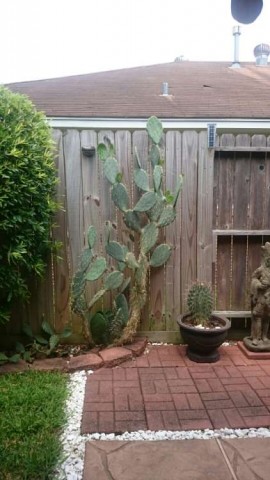
…and various species of cacti. The large cactus was transplanted from my dad’s hill country ranch.

Nothing beats a Texas sunset! We fed treats to the cows at a relative’s farm.
Check out this shrimp plant growing in my father’s yard. I wish it would grow in my zone!
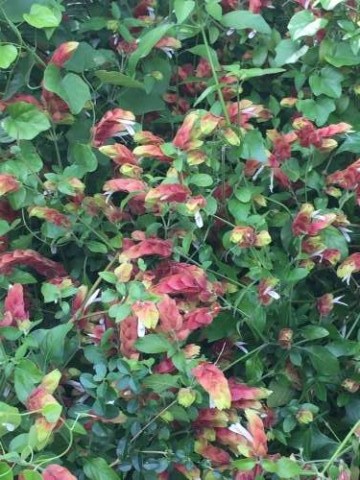
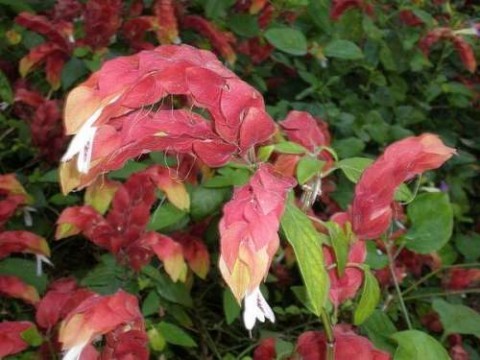
While things are starting to bloom, sometimes it seems like forever in Connecticut for things to green. Having houseplants is a must! My favorite orchid on my desk has just bloomed again, and about to bloom more flowers!
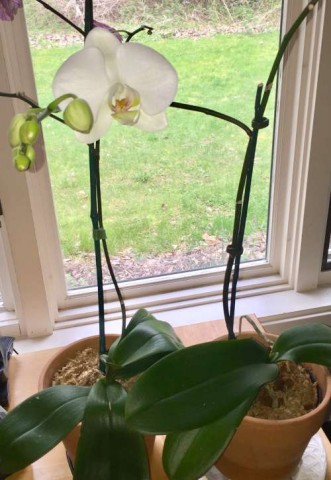
Orchids are unique plants. They make up the largest plant family; in the wild there’s over 28,000 species of orchids, with 90% found in the tropics. Five varieties commonly sold are Spray orchids (Dendrobium), Dancing Ladies (Oncidium), Lady’s Slippers (Paphiopedilum) and Moth orchids (Phalaenopsis). When Moth orchids reach 6 to 7 years old, they bloom almost continually! In between blooms, orchids keep their shiny green leaves that I think are often overlooked as beautiful foliage adding color to a home.
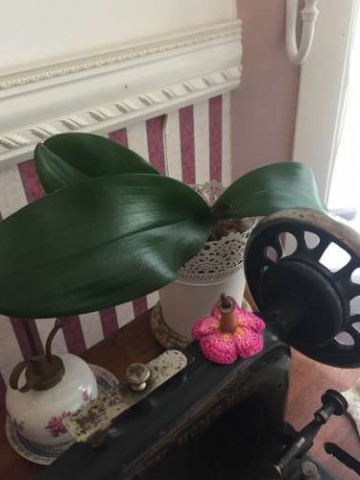
Though this orchid is in between blooms, its foliage looks lovely!
Indoors, orchids love light, even warmth, and high humidity. Humidity’s bad for hair, but great for plants! Most homes are drier than the tropics, so misting with a spray bottle or using humidity trays can help houseplants by increasing the humidity around the plant. Place an orchid on a tray of pebbles or sea glass with a bit of water (add a few grains of activated charcoal to keep the water from turning sour). As the water evaporates, it surrounds the plant with humidity. Just make sure the pot and roots are not sitting in water, but rather on top of the stones.
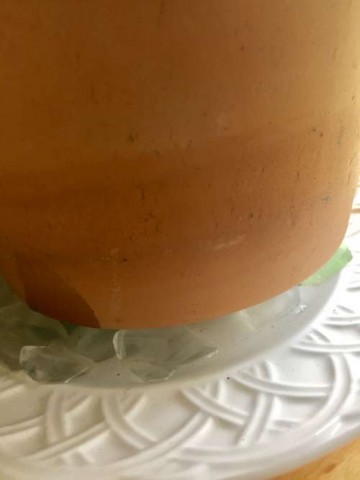
I repurpose old plates for saucers under plants. When making a humidity tray, make sure the pot sits on top of stones or sea glass, and that the width is bigger than the plant, not just the pot. Evaporation needs to reach the leaves. Grouping plants also aids in humidity needs.
Keeping plants in a humid room like a bathroom (as long as there is the right light) can aid humidity, too, but avoid placing orchids in a kitchen. Phalaenopsis are susceptible to ethylene gas emitted from foods like apples and bananas; the blossoms will turn black and drop all at once if too close to ripening fruit.
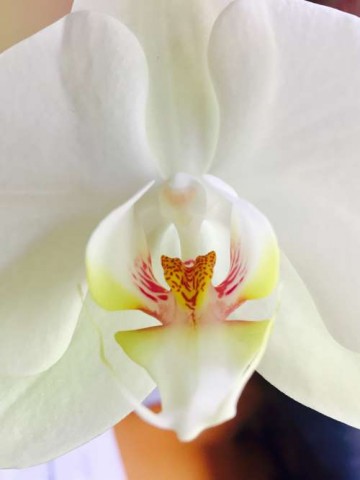
As for light, orchids love light! Bright indirect light from a Southern facing window is best, but you can get away with less light with Lady Slipper and Moth varieties.
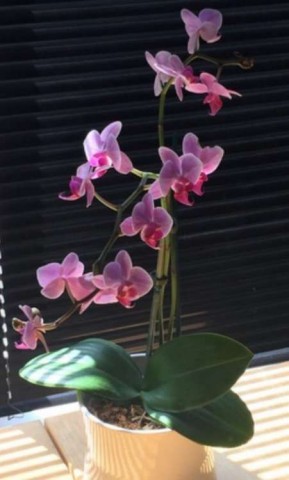
Orchids aren’t potted in “soil”, but rather a “medium” of coarsely chopped bark and wood with small amounts of peat moss, perlite and vermiculite mixed in. This allows for quick drainage and air to surround the roots. You can purchase special orchid potting mix (that also works for Bromeliads) at most stores carrying gardening products. (I found mine at Lowes). The medium eventually decomposes, so repotting your orchids every two years is a good idea. Orchids grow “Monopodial” or “upright”, or grow “Sympodial”, creeping. You need to know this when repotting your orchid, and provide it with the right type of pot. It’s recommended to avoid dark-colored pots that can warm roots too quickly, but clay pots are okay…just watch your water. The only water not recommended for orchids is water that comes directly from a water softener. Since I have a well, I use distilled water.
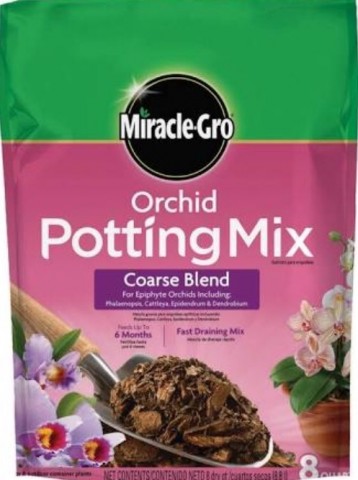 When it comes to houseplants, what causes failure is a “one size fits all” mentality, especially with orchids. This is particularly true when watering. Some orchids have storage organs for water, and will need a rest period. Orchids prefer drying out a bit between waterings; the potting medium should feel dry before adding more water (usually 7 to 10 days, but it depends on your room’s climate and the size of the pot). Orchids probably won’t need water as often as your other houseplants.
When it comes to houseplants, what causes failure is a “one size fits all” mentality, especially with orchids. This is particularly true when watering. Some orchids have storage organs for water, and will need a rest period. Orchids prefer drying out a bit between waterings; the potting medium should feel dry before adding more water (usually 7 to 10 days, but it depends on your room’s climate and the size of the pot). Orchids probably won’t need water as often as your other houseplants.
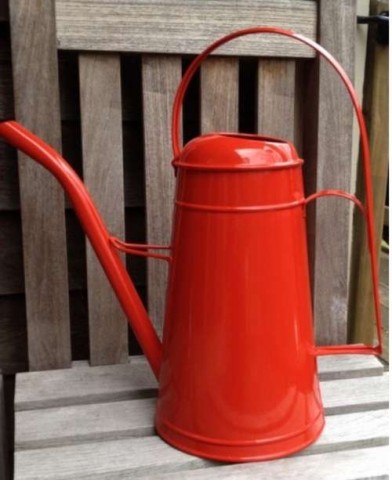
Watch your water with orchids. Overwatering is a common cause of orchid death.
There’s a method of watering orchids called the “Ice Method”, where you allow 3 or so ice cubes to melt on top of the medium each week. Research shows that this is not the best method for watering orchids.
As for feeding, I love the saying “Feed them weakly, weekly”! You can use houseplant food that is diluted to ¼ strength. I like easy, so I prefer to use a spray formulated for orchids, and have had wonderful results. Just don’t spray the flowers.
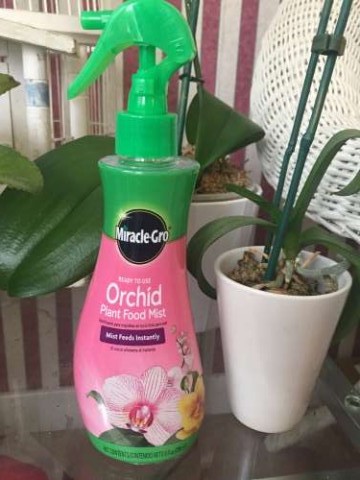
Orchids are often called “rare” or are pricey in stores. They have both male and female parts fused into one organ, so to be pollinated the right insect must visit. Produced seeds are extremely tiny, and special fungi must be present to grow. Many orchids now are produced using newer methods like tissue culture, so prices aren’t what they used to be. IKEA has good, inexpensive prices on orchids, with a great selection of healthy, beautiful plants. I’ve found orchids at IKEA at half the cost of other places near me.
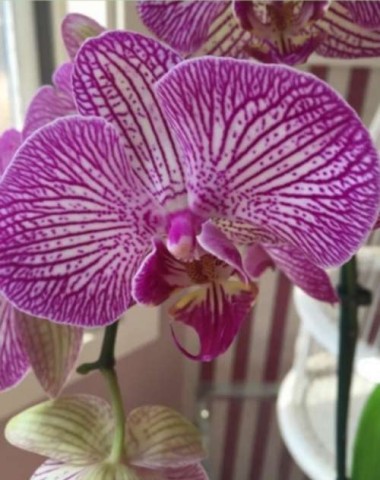
Are you an orchid fan, too? Let me know, (or just say hello) in comments! Wishing everyone a Happy Mother’s Day! And be sure to read MaryJane’s article, “Easily Re-Bloom Your Supermarket Orchids,” in the latest issue of MaryJanesFarm, “Blue Moon,” June/July 2017.
Until Next Time…Farmgirl Hugs, Nicole





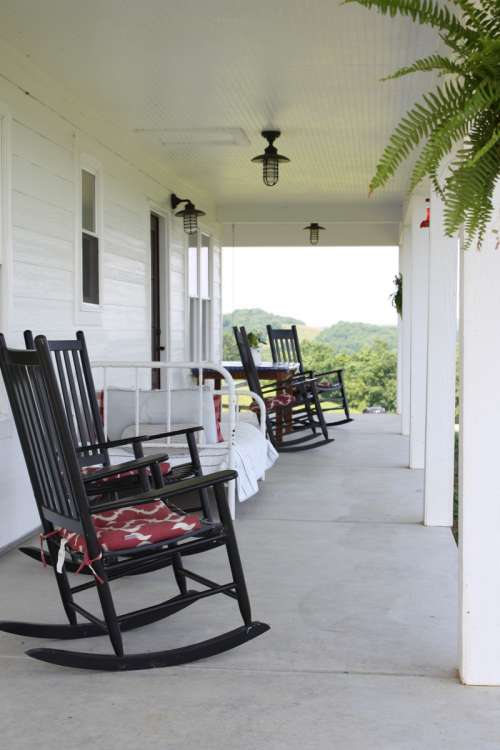













 When it comes to houseplants, what causes failure is a “one size fits all” mentality, especially with orchids. This is particularly true when watering. Some orchids have storage organs for water, and will need a rest period. Orchids prefer drying out a bit between waterings; the potting medium should feel dry before adding more water (usually 7 to 10 days, but it depends on your room’s climate and the size of the pot). Orchids probably won’t need water as often as your other houseplants.
When it comes to houseplants, what causes failure is a “one size fits all” mentality, especially with orchids. This is particularly true when watering. Some orchids have storage organs for water, and will need a rest period. Orchids prefer drying out a bit between waterings; the potting medium should feel dry before adding more water (usually 7 to 10 days, but it depends on your room’s climate and the size of the pot). Orchids probably won’t need water as often as your other houseplants.






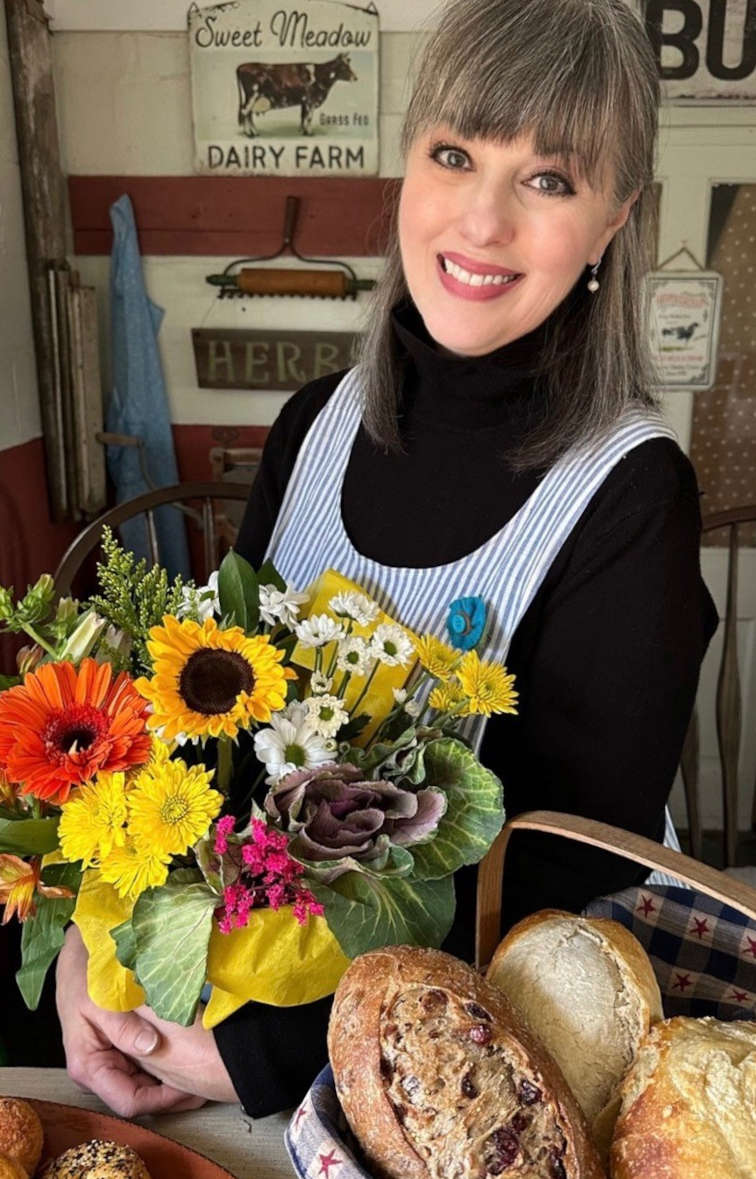




Weekly Blogs and Recipes